In the shadowy world of venomous serpents, there exists a creature whose toxin works with such devastating speed that it can immobilize its prey almost instantly. The black mamba, recognized as one of the world’s deadliest snakes, possesses a neurotoxic venom so potent that a single bite can deliver enough venom to kill several human adults. While many venomous snakes can eventually cause paralysis, the black mamba stands apart for the remarkable speed at which its venom can shut down a victim’s nervous system. This article explores the fascinating yet terrifying world of this lightning-fast killer, examining its biology, behavior, and the mechanics behind its paralysis-inducing venom.
The Black Mamba: Africa’s Lightning Assassin
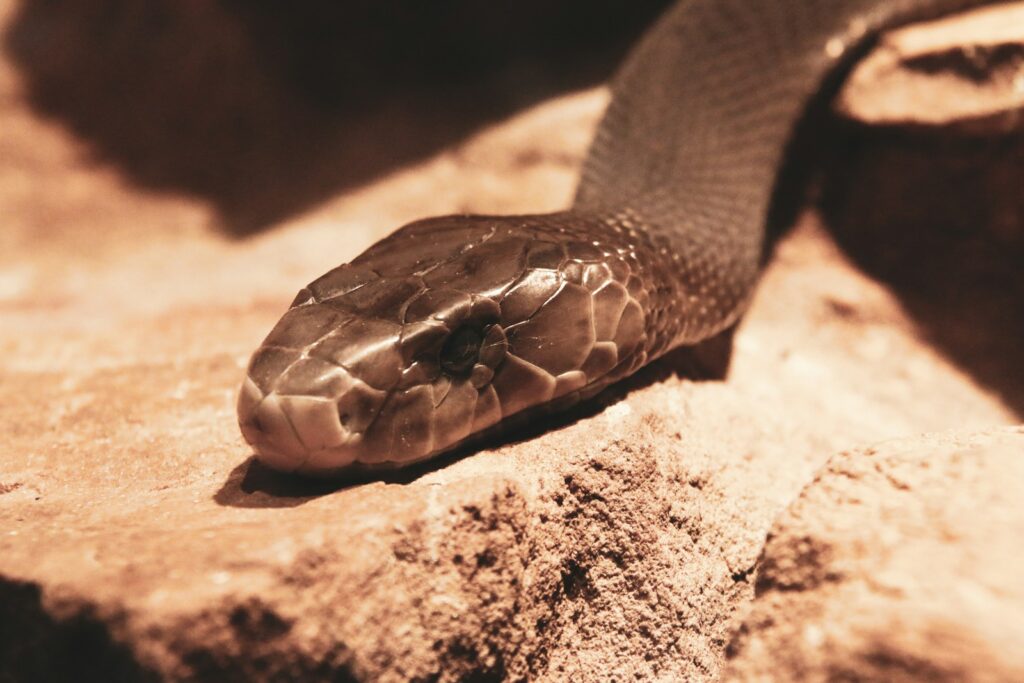
The black mamba (Dendroaspis polylepis) reigns as one of Africa’s most feared serpents, combining speed, aggression, and lethal venom in one sleek package. Despite its name, this snake isn’t actually black – its body ranges from olive to grayish-brown, with the inside of its mouth displaying the characteristic black color that inspired its name. Growing up to 14 feet in length, the black mamba can move at speeds of up to 12.5 miles per hour, making it not only deadly but also incredibly difficult to evade in its natural habitat. Its reputation is well-earned; in areas without antivenom access, the mortality rate from untreated black mamba bites approaches 100%, often within just 7-15 hours.
The Lightning-Fast Delivery System
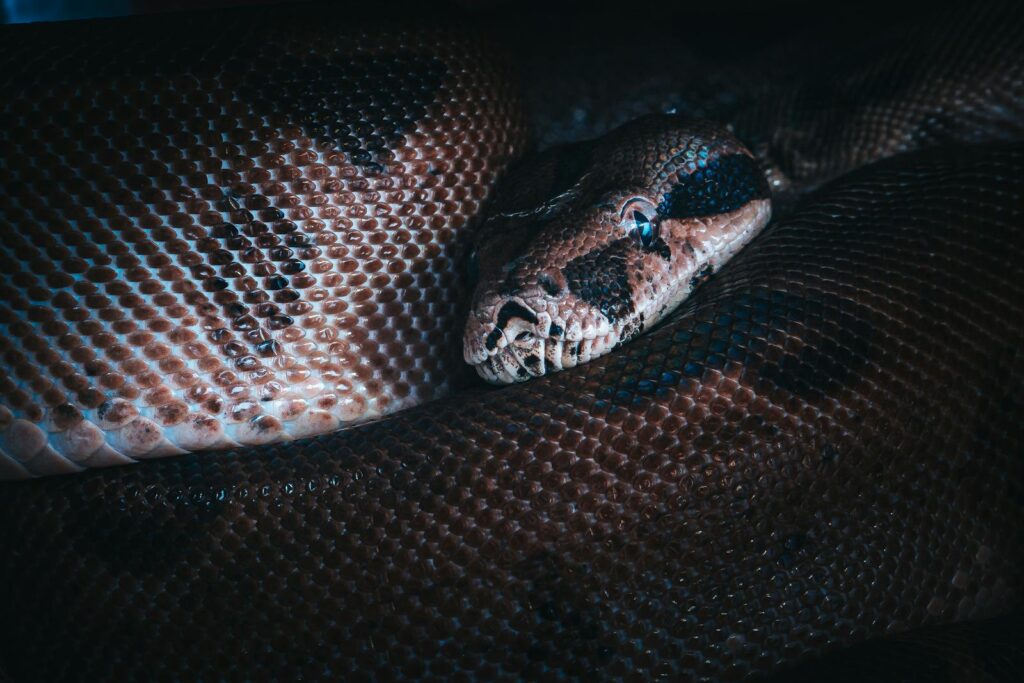
The black mamba’s venom delivery system represents an evolutionary marvel designed for maximum efficiency. Unlike some venomous snakes that must chew to inject their toxins, the black mamba employs hollow, needle-like fangs that function like hypodermic needles, delivering venom deep into tissue with surgical precision. These fangs can fold back against the roof of the mouth when not in use, allowing the snake to close its mouth completely. When striking, a black mamba can deliver multiple bites in rapid succession, injecting approximately 100-120 mg of venom per bite – knowing that just 10-15 mg is considered lethal for humans. This combination of speed, precision, and quantity makes the black mamba’s bite particularly dangerous, as victims often receive multiple doses of venom before they can even react.
The Neurotoxic Cocktail: Understanding the Venom

The black mamba’s venom represents a sophisticated biochemical weapon, primarily composed of neurotoxins specifically designed to shut down the nervous system with shocking efficiency. This potent cocktail contains dendrotoxins that block nerve signals, fasciculins that cause uncontrollable muscle contractions, and cardiotoxins that attack the heart directly. What makes this venom particularly devastating is how these components work synergistically – while one toxin blocks the normal function of nerve channels, another prevents the breakdown of acetylcholine (a neurotransmitter), leading to muscle paralysis that spreads rapidly throughout the body. Unlike hemotoxic venoms that destroy tissue and take time to manifest, the black mamba’s neurotoxic venom begins working immediately upon entering the bloodstream, with first symptoms often appearing within minutes.
The Progression of Paralysis: What Happens After a Bite
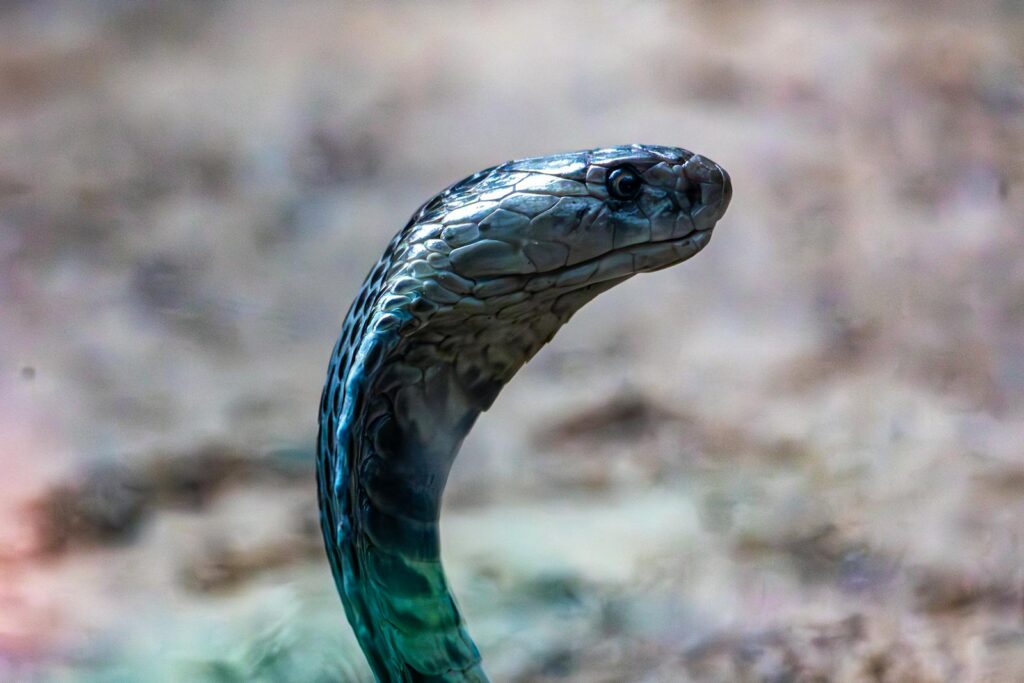
The progression of symptoms following a black mamba bite is both rapid and systematic, demonstrating the frightening efficiency of its venom. Within 10-20 minutes, victims typically experience a tingling sensation at the bite site, followed by mouth numbness and a metallic taste. This quickly progresses to ptosis (drooping eyelids), one of the characteristic early signs of neurotoxic envenomation. Within 30-60 minutes, difficulty speaking, excessive salivation, and respiratory difficulties begin as the venom affects the cranial nerves and begins to compromise the respiratory system. Without treatment, progressive paralysis continues downward through the body in a descending pattern, eventually reaching the diaphragm and intercostal muscles, leading to respiratory paralysis – the typical cause of death. This entire progression can occur in as little as 45 minutes in severe cases, though 4-6 hours is more common.
The Neurological Mechanism of Paralysis
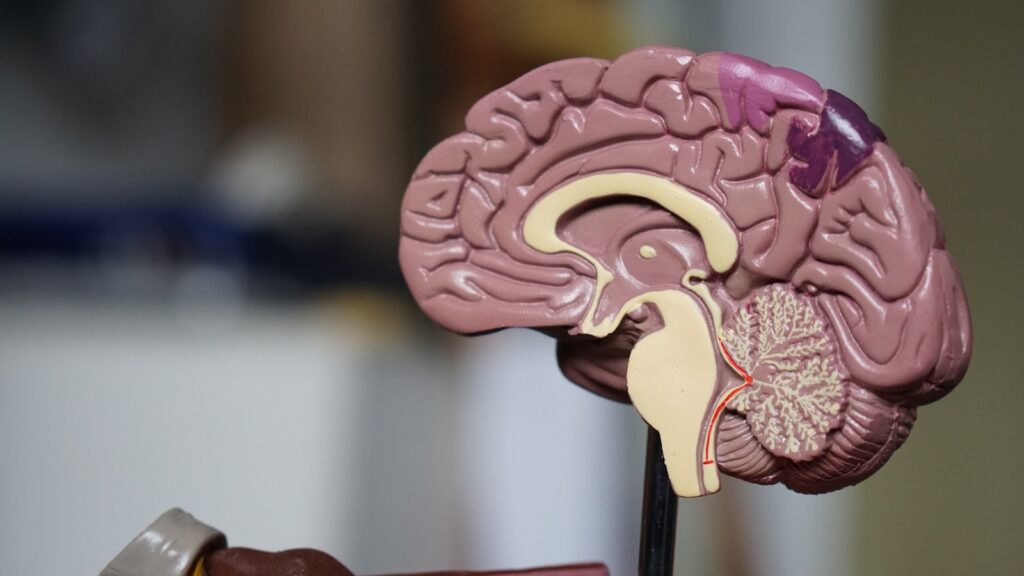
At the microscopic level, the black mamba’s venom works through a sophisticated attack on the junction between nerves and muscles, known as the neuromuscular junction. The alpha-neurotoxins in the venom bind to acetylcholine receptors on muscle cells, effectively blocking the neurotransmitter acetylcholine from binding to these receptors. Since acetylcholine is necessary for signaling muscles to contract, this blockade prevents nerve impulses from triggering muscle contractions. Simultaneously, other toxins like fasciculins inhibit the enzyme acetylcholinesterase, which normally breaks down acetylcholine after it has done its job, creating a devastating double-attack on the nervous system. The result is a paradoxical combination of flaccid paralysis in some muscle groups while others experience spastic contraction, creating a cascade of neurological dysfunction that rapidly overwhelms the body’s compensatory mechanisms.
Hunting Tactics: How the Black Mamba Uses Paralysis
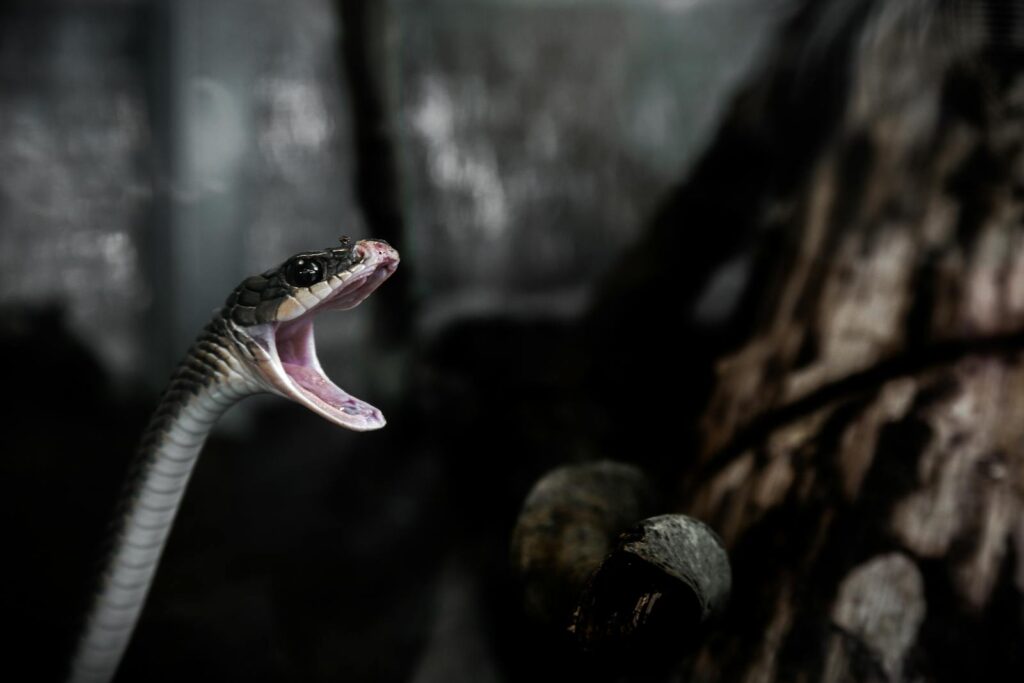
The black mamba has refined its hunting strategy around the rapid paralytic effects of its venom, employing tactics that maximize its deadly efficiency. Unlike ambush predators that wait for prey, the black mamba actively hunts, using its speed and agility to pursue prey through its savanna and woodland habitats. When it strikes, it typically delivers multiple bites, injecting venom and then retreating to safety while tracking its prey. The fast-acting neurotoxins quickly immobilize small mammals, birds, or other prey, preventing their escape even if they initially flee after being bitten. This “bite-and-release” strategy minimizes the risk to the snake while ensuring the prey becomes immobilized within striking distance. For smaller prey like birds or rodents, paralysis can occur within seconds to minutes, allowing the snake to consume its meal with minimal struggle or risk of injury.
Symptoms and Sensations: A Victim’s Perspective

Survivors of black mamba bites describe the experience in uniquely terrifying terms that highlight the rapid progression of symptoms. One consistent report is the initial sensation of “pins and needles” that spreads rapidly from the bite site, followed by a metallic taste in the mouth that survivors describe as distinctive and unmistakable. As paralysis progresses, victims report the disturbing sensation of being fully aware of their surroundings but increasingly unable to move or communicate – essentially being “locked in” their own bodies. Respiratory distress creates an overwhelming sense of suffocation and panic as breathing becomes increasingly difficult. Perhaps most disturbingly, in many cases, victims remain conscious and aware until very late in the envenomation process, experiencing the full progression of paralysis while remaining mentally alert – a particularly horrifying aspect of black mamba envenomation compared to some other venomous snakes whose toxins may affect consciousness earlier.
Medical Intervention: The Race Against Time

Treating a black mamba bite represents one of the most time-critical emergencies in toxicology, where every minute can make the difference between life and death. The primary treatment is the administration of polyvalent antivenom specifically designed to neutralize the neurotoxic components of elapid snake venoms. Medical professionals must also implement aggressive supportive care, potentially including mechanical ventilation when respiratory muscles become paralyzed. The challenge lies in the narrow window for effective intervention – in remote areas where black mambas are common, victims may be hours away from medical facilities equipped with antivenom. Even with prompt antivenom administration, patients typically require intensive care monitoring for 24-48 hours as the venom’s effects can persist or resurge. In areas with modern medical facilities and rapid access to antivenom, survival rates have improved dramatically, but the key factor remains the speed of medical intervention.
Evolution of Speed: Why Such Rapid Paralysis?

The black mamba’s remarkably fast-acting venom represents the product of millions of years of evolutionary pressure that has favored quick-acting toxins. In the competitive environments of African savannas and woodlands, prey that can escape even short distances might find refuge in burrows or dense vegetation, making rapid immobilization advantageous for the snake’s hunting success. Additionally, the black mamba’s relatively slender build means it lacks the physical strength of constrictors like pythons, making chemical immobilization its primary hunting strategy. The evolutionary arms race between predator and prey has pushed the black mamba to develop increasingly potent neurotoxins that act faster than the escape response of its typical prey. This evolutionary specialization has inadvertently created one of the most dangerous venoms for humans, despite humans not being the snake’s intended prey.
Comparing Venoms: What Makes the Black Mamba Unique
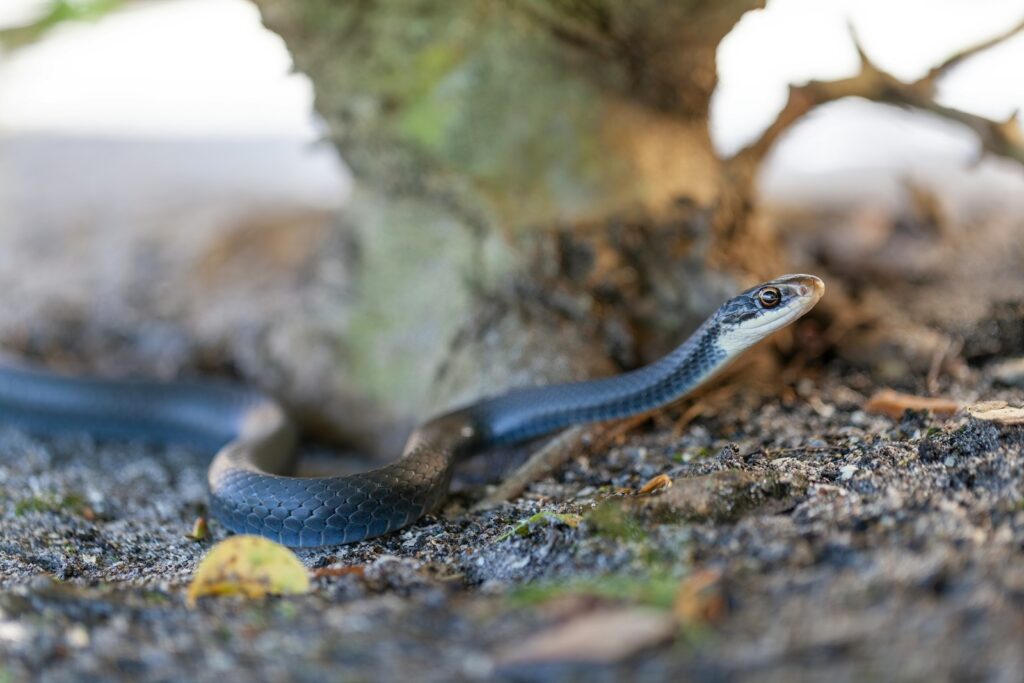
While many venomous snakes possess neurotoxic components in their venom, the black mamba stands apart for several distinctive characteristics that make its venom particularly effective at causing rapid paralysis. Unlike the primarily hemotoxic venoms of vipers that destroy tissue but work relatively slowly, the black mamba’s almost purely neurotoxic venom targets the nervous system with laser-like precision. Compared even to other elapids like cobras, the black mamba typically delivers larger venom quantities and possesses toxins that enter the bloodstream and cross the blood-brain barrier more efficiently. The king cobra may possess more venom by volume, and the inland taipan of Australia has more toxic venom drop-for-drop, but neither combines the black mamba’s venom potency, delivery efficiency, and behavioral aggression. This combination creates a perfect storm of factors that enable the black mamba to induce paralysis faster than virtually any other snake species.
Traditional Knowledge and Cultural Perspectives
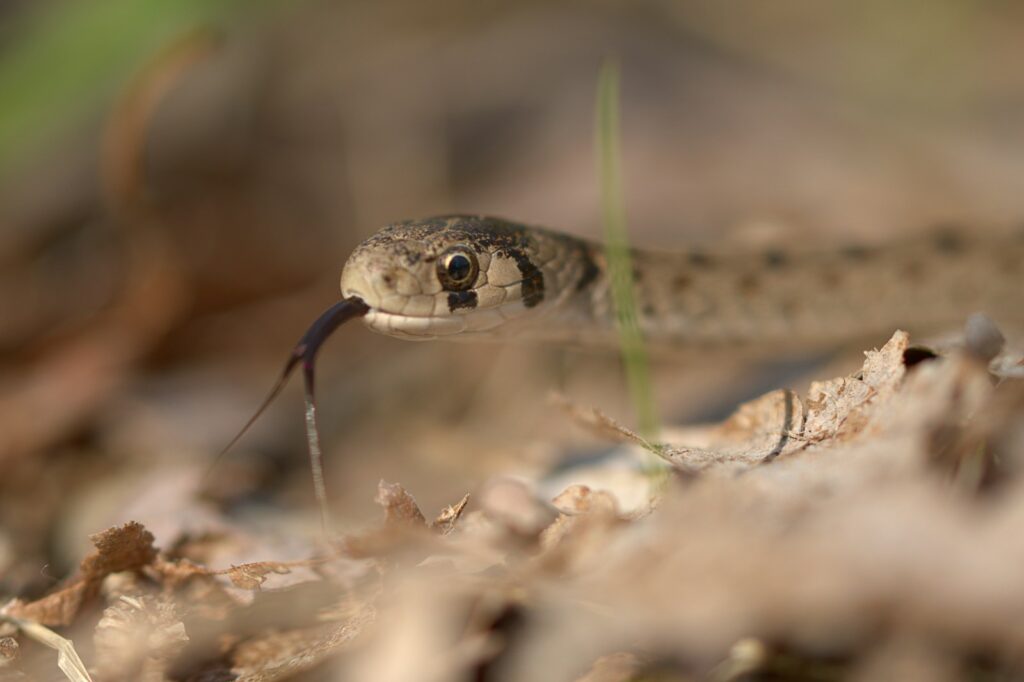
Throughout its range in sub-Saharan Africa, indigenous cultures have developed a deep respect and fear of the black mamba, incorporating it into folklore, medicine, and spiritual practices. In many traditional communities, specific protocols exist for treating black mamba bites, including herbal preparations that modern research has sometimes confirmed contain compounds with mild anti-inflammatory or pain-relieving properties, though none match the efficacy of modern antivenom. Some cultures regard the black mamba as a spiritual messenger or associate it with ancestral powers due to its deadly efficiency. Traditional healers in regions like Zimbabwe and South Africa have historically studied the behavior and habitat of black mambas to help communities avoid encounters, developing detailed ecological knowledge about the snake long before scientific documentation. This traditional knowledge continues to be valuable today, particularly in remote areas where formal medical care may be limited or inaccessible.
Conservation Status and Human Conflict
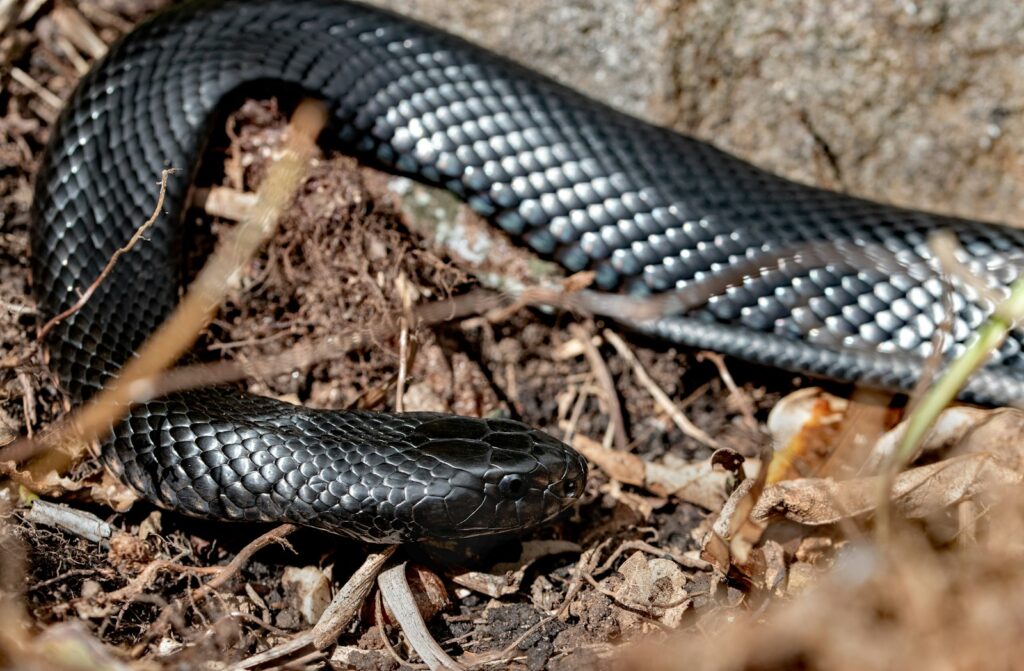
Despite its fearsome reputation, the black mamba faces increasing threats from habitat destruction as human settlements expand into its natural range across sub-Saharan Africa. Currently listed as Least Concern on the IUCN Red List, populations have nevertheless declined in many areas due to deforestation, agricultural expansion, and direct killing by humans afraid of encountering these deadly snakes. Ironically, the very venom that makes black mambas so dangerous also gives them scientific and medical value, as researchers study their neurotoxic compounds for potential applications in pain management and neurological disorders. Conservation efforts focus on education to reduce irrational fear-based killings while promoting coexistence strategies in areas where human-snake conflict occurs. As apex predators, black mambas play an important ecological role in controlling rodent populations, highlighting the importance of their conservation despite the legitimate safety concerns they present.
Safety and Prevention in Black Mamba Territory
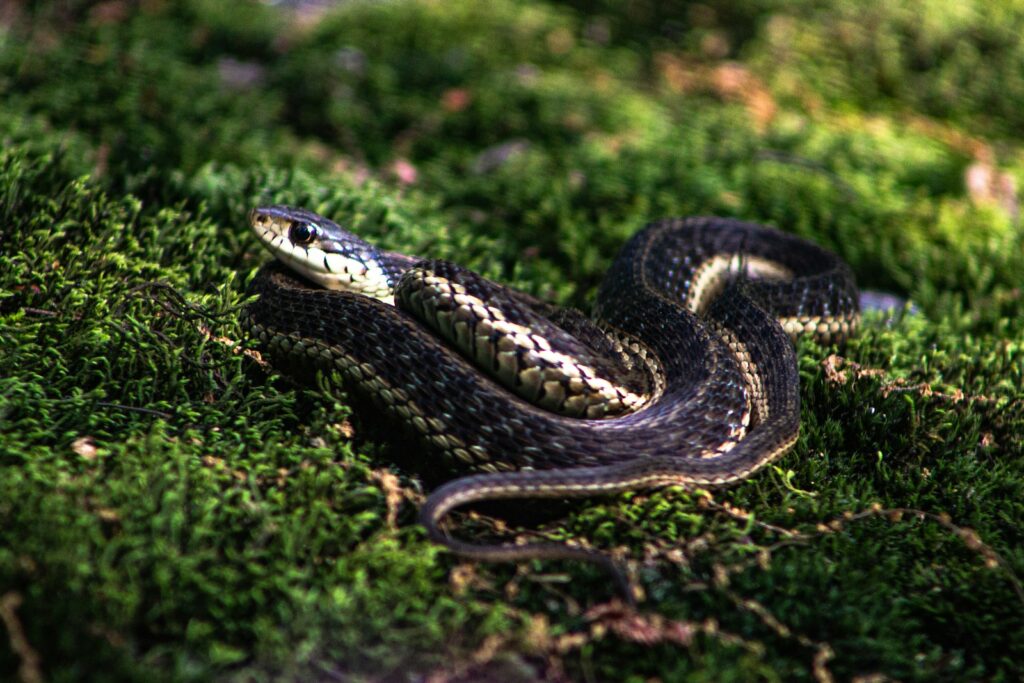
For those living in or traveling through black mamba habitat, understanding prevention strategies is essential given the snake’s dangerous capabilities. Experts recommend wearing closed, thick-soled shoes and long pants when walking in areas where these snakes may be present, particularly during their most active periods in mornings and late afternoons. When encountering a black mamba, the recommended response is to remain still initially, then back away slowly without making sudden movements, as the snake’s primary defense is to flee rather than attack if given the opportunity. Homeowners in mamba territory should keep grass short around dwellings, eliminate rodent populations that attract snakes, and seal potential entry points into structures. Educational programs in affected regions increasingly focus on teaching recognition and avoidance rather than killing, emphasizing that black mambas generally only bite humans when cornered or threatened, despite their fearsome reputation.
The black mamba represents nature’s perfect storm of venom delivery – combining speed, potency, and efficiency in a package that has made it one of the world’s most respected and feared serpents. While medical advances have improved survival rates for bite victims with access to modern care, the black mamba’s ability to induce paralysis within seconds to minutes remains an extraordinary example of evolutionary specialization. As we continue to study these remarkable creatures, they offer valuable insights into neurotoxicology while reminding us of the complex balance between respecting dangerous wildlife and addressing legitimate human safety concerns. In the delicate dance between humans and venomous snakes across Africa, education, understanding, and appropriate precautions remain our best tools for coexistence with these lightning-fast killers.





